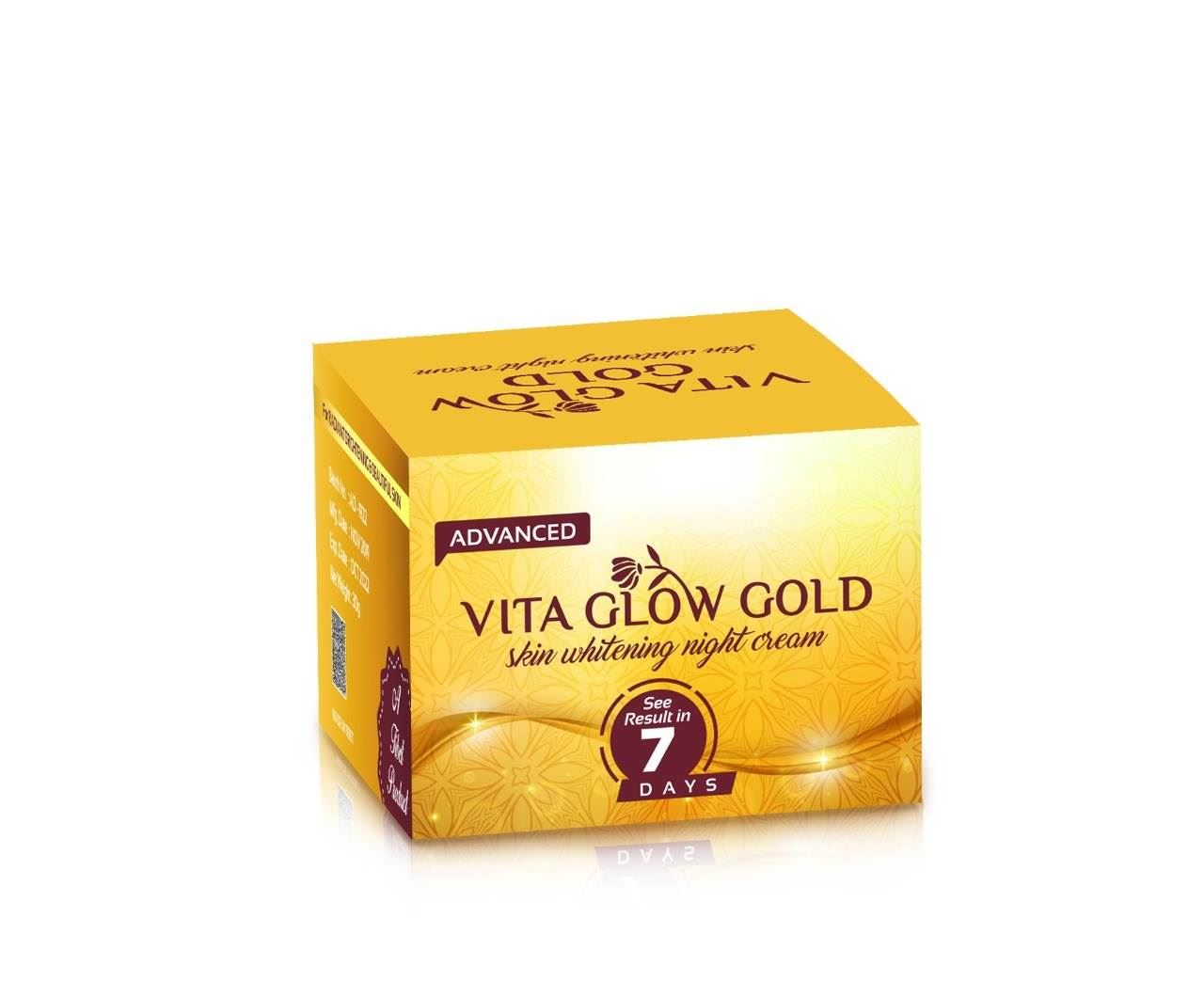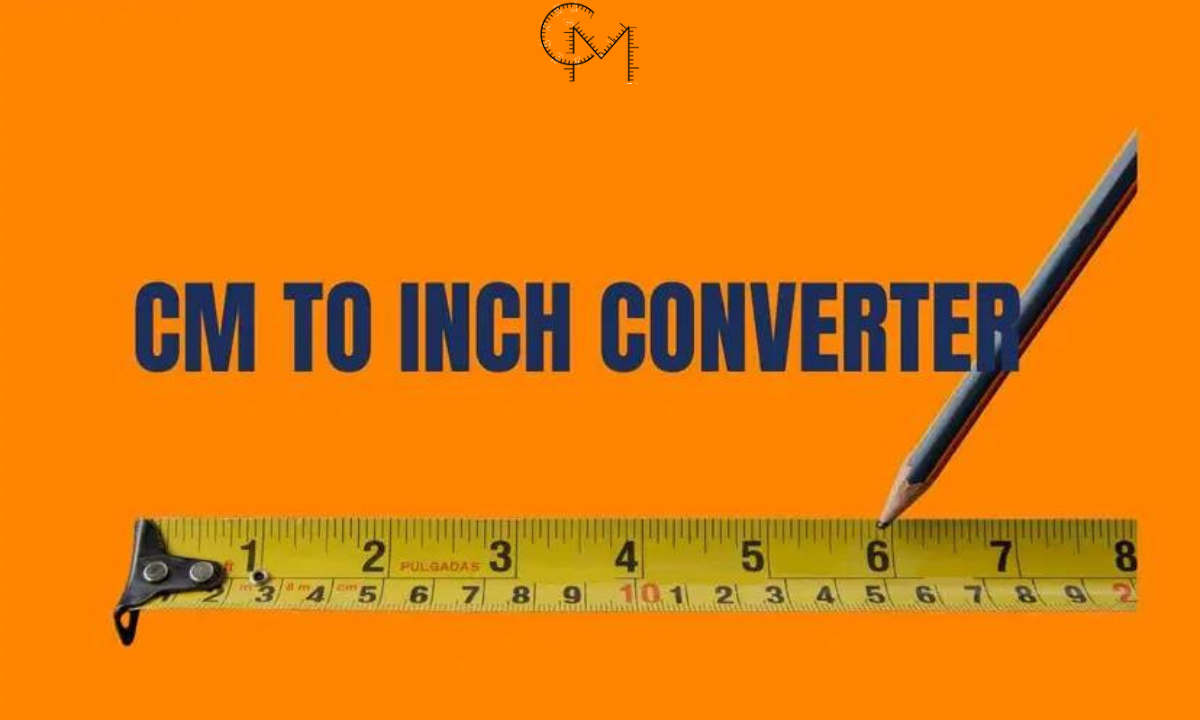Paint Protection Film Market Overview
The global paint protection film (PPF) market has been experiencing steady growth, driven by increasing demand for vehicle protection solutions in both the automotive and industrial sectors. Paint protection films are thin layers applied to a vehicle’s painted surfaces to shield them from scratches, stains, and other damage caused by road debris, harsh weather, and minor impacts. Their popularity has grown due to their ability to extend the lifespan of a vehicle’s exterior, enhance resale value, and reduce maintenance costs. As consumer awareness about automotive care rises, the PPF market is poised for significant expansion.
Paint Protection Film Market Size
The global paint protection film market reached an estimated size of USD 457.81 million in 2023. This market is projected to grow at a compound annual growth rate (CAGR) of 6.0% from 2024 to 2032, reaching approximately USD 773.52 million by the end of the forecast period. The growing automotive industry, increasing consumer preference for vehicle care, and expanding applications in sectors like electronics and aviation are contributing to this market expansion. North America, Europe, and Asia-Pacific are major regions driving market growth due to their significant automotive production and sales.
Paint Protection Film Market Share
In 2023, North America dominated the global paint protection film market, accounting for a significant portion of the total market share, thanks to the region’s high automobile sales and robust demand for premium vehicle protection solutions. Europe and Asia-Pacific also held substantial shares, supported by rising automotive production, increased consumer disposable income, and growing awareness of vehicle care products. The key market players, such as 3M Co., XPEL, Inc., and Eastman Chemical Company, continue to invest in product innovation and geographical expansion, further strengthening their market positions and driving competition in the sector.
Paint Protection Film Market Trends
Several key trends are shaping the paint protection film market. First, there is a growing demand for self-healing films, which can automatically repair minor scratches, enhancing product appeal among car owners. Secondly, eco-friendly PPFs made from sustainable materials are gaining traction as consumers become more environmentally conscious. The trend of customizing cars with matte or glossy finishes is also driving demand for specialized PPFs that maintain these aesthetics while offering protection. Furthermore, technological advancements are leading to the development of more durable, easy-to-install films, increasing their adoption in both automotive and non-automotive applications.
Paint Protection Film Market Analysis
The paint protection film market is driven by the increasing demand for automotive care products that offer long-lasting protection against external damage. One of the major factors contributing to market growth is the rising consumer preference for luxury vehicles, where paint protection films are widely used to preserve the appearance and value of these vehicles. Moreover, advancements in film technology, such as self-healing and hydrophobic properties, are further fueling market demand.
Additionally, the growing adoption of paint protection films in industries beyond automotive, such as aerospace, electronics, and construction, is expanding the market’s reach. For instance, in the aerospace sector, PPFs are used to protect aircraft surfaces from environmental factors and wear. Meanwhile, in electronics, films are employed to safeguard delicate screens and surfaces. However, the relatively high cost of premium films and the availability of alternative protection solutions could pose challenges for wider adoption in price-sensitive markets.
Paint Protection Film Market Segmentation
- By Material:
- Thermoplastic Polyurethane (TPU): TPU is the most commonly used material for paint protection films due to its flexibility, durability, and self-healing properties. It offers excellent protection against scratches and abrasions.
- Polyvinyl Chloride (PVC): PVC-based films are popular for their affordability and ease of installation, though they may lack some of the high-performance features of TPU.
- Others: This includes polyolefins and other advanced materials used in specialized applications.
- By Application:
- Automotive: The largest segment, where paint protection films are widely applied to protect vehicle exteriors from road debris, UV rays, and other damaging elements.
- Aerospace: Increasing use of PPFs on aircraft to maintain exterior surfaces and prevent corrosion.
- Electronics: PPFs are used to protect electronic devices, particularly screens and displays, from scratches and fingerprints.
- Others: Includes construction and industrial applications.
- By Region:
- North America: Leading market, driven by high demand for automotive protection.
- Europe: Significant market due to its strong automotive industry.
- Asia-Pacific: Fastest-growing market, driven by rising vehicle sales and production.
Get a Free Sample Report with Table of Contents
Paint Protection Film Market Growth
The paint protection film market is projected to grow at a healthy CAGR of 6.0% between 2024 and 2032. This growth is primarily fueled by increasing automotive sales, particularly in emerging markets, where consumers are becoming more aware of vehicle protection solutions. The rise of electric vehicles (EVs) has also contributed to market growth, as EV owners seek premium care products to maintain their cars’ aesthetics. Additionally, advancements in film technology and expanding applications across various industries, including electronics and aerospace, are further boosting demand, creating new opportunities for manufacturers and suppliers in the PPF market.
Recent Developments and Challenges in the Paint Protection Film Market
The paint protection film market has seen significant developments in recent years. One major development is the introduction of self-healing films that can repair minor scratches when exposed to heat, enhancing the durability and performance of these products. Additionally, companies are focusing on eco-friendly and sustainable materials to address rising consumer demand for environmentally conscious products. This includes the development of PPFs with reduced plastic content and biodegradable materials.
Challenges in the market include the relatively high cost of premium paint protection films, which can limit adoption in price-sensitive markets. Furthermore, the installation process for PPFs can be labor-intensive, requiring skilled professionals, which may increase overall costs for consumers. Competition from alternative protection solutions, such as ceramic coatings, also presents a challenge, as these products offer similar benefits and are often marketed as more affordable or easier to apply.
Key Players in the Paint Protection Film Market
- 3M Co.: A global leader in the paint protection film market, offering innovative products with advanced self-healing technology.
- XPEL, Inc.: Known for its high-performance paint protection films and strong presence in the automotive aftermarket.
- Eastman Chemical Company: Offers premium-quality PPFs under its SunTek and LLumar brands, widely recognized for their durability and aesthetics.
- Saint-Gobain S.A.: A leading provider of performance plastics, including PPFs used in both automotive and non-automotive applications.
- Hexis S.A.S.: Specializes in high-quality paint protection films and is known for its expertise in car customization.
- Mativ Holdings, Inc.: A key player offering a wide range of advanced film solutions, including PPFs for automotive and industrial uses.
- Sharpline Converting Inc.: Focuses on providing custom-made paint protection films for vehicles and other applications.
- ORAFOL Europe GmbH: A major supplier of adhesive films, including paint protection films for various industries.
- RENOLIT SE: Offers innovative and durable protective films for automotive and industrial surfaces.
- Avery Dennison Corporation: A market leader in the development of adhesive films, including advanced PPF products for automotive applications.










